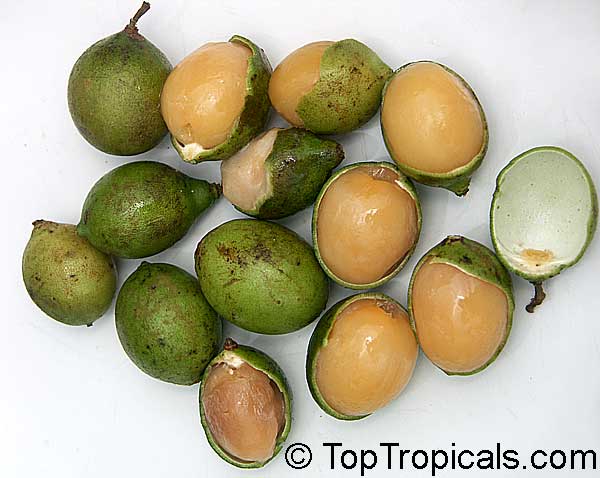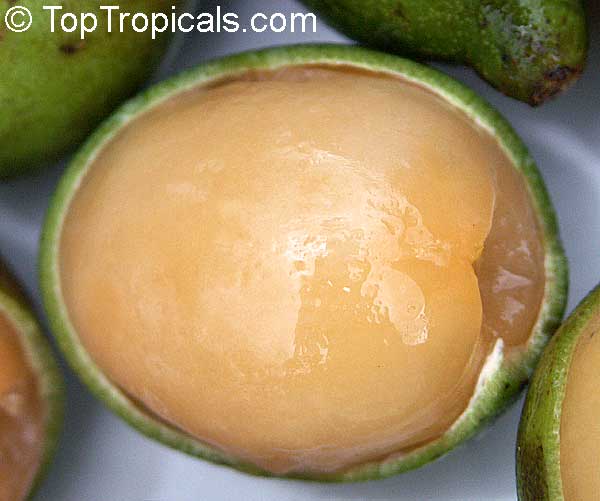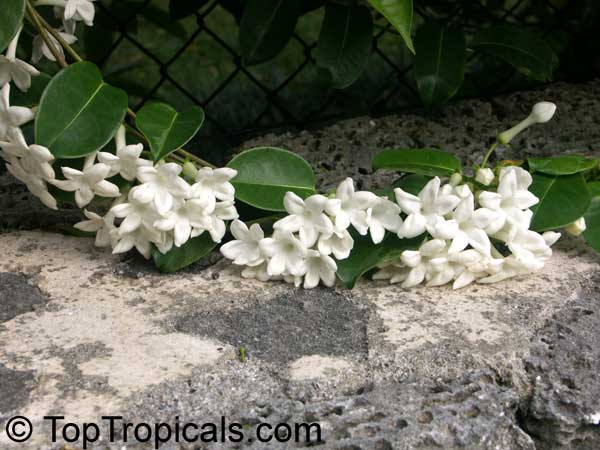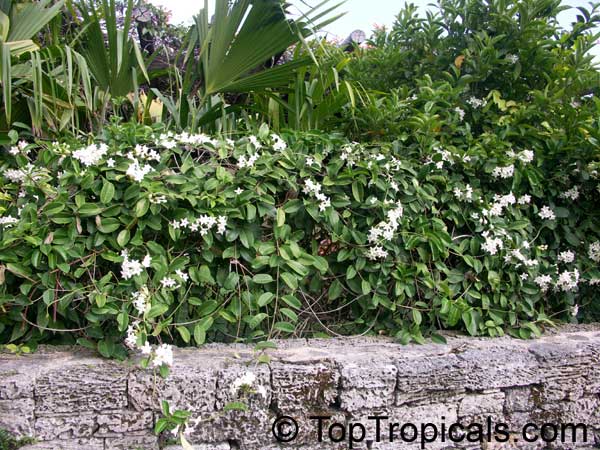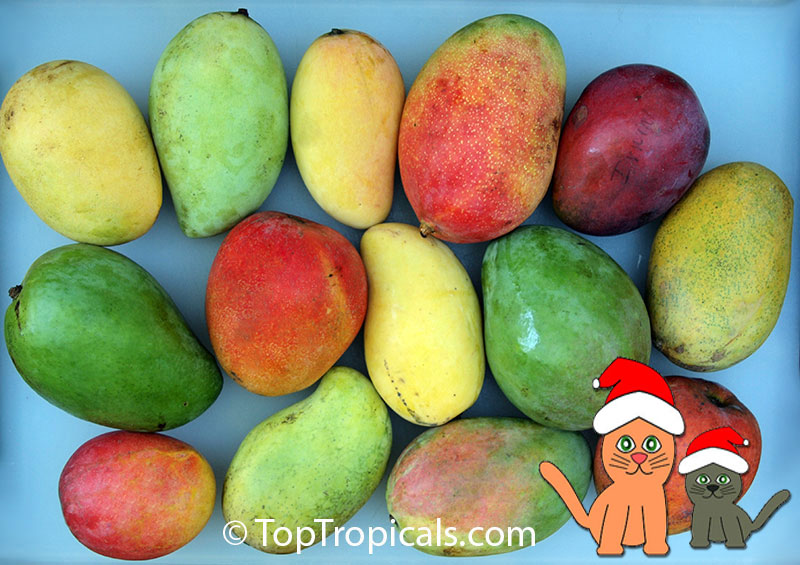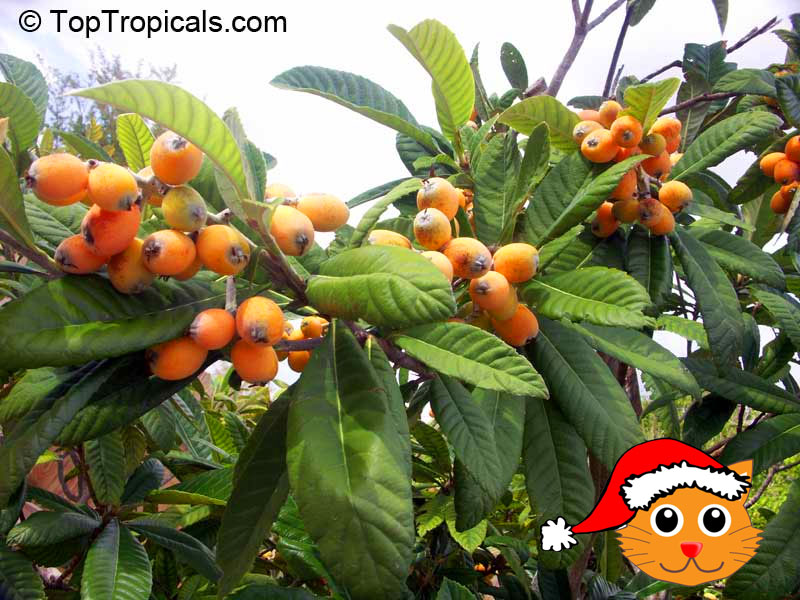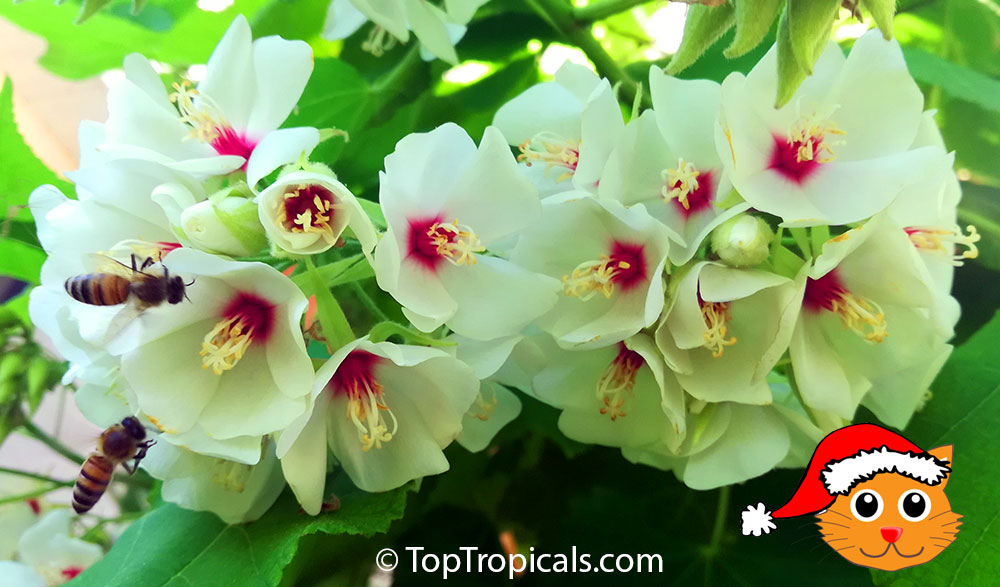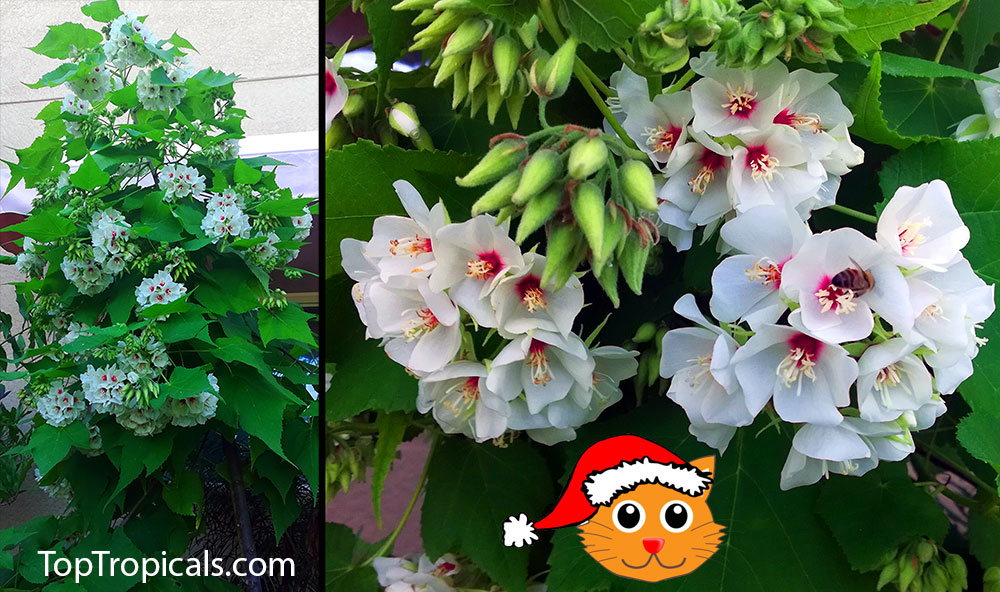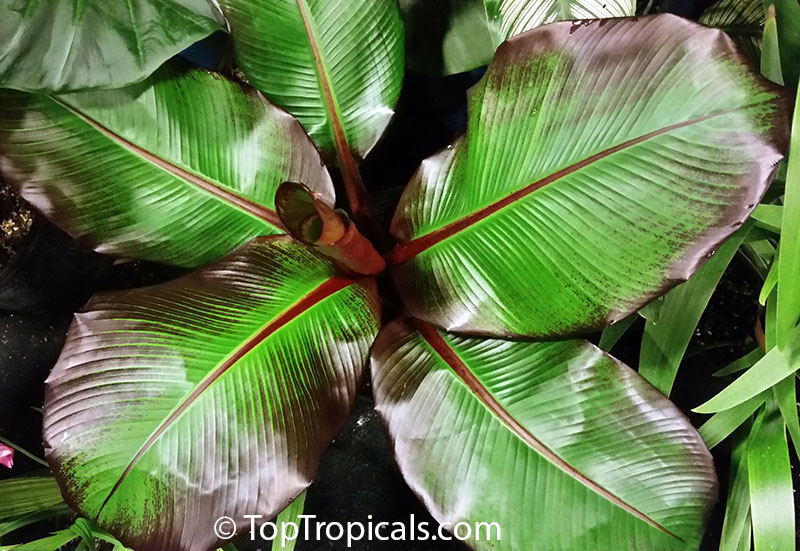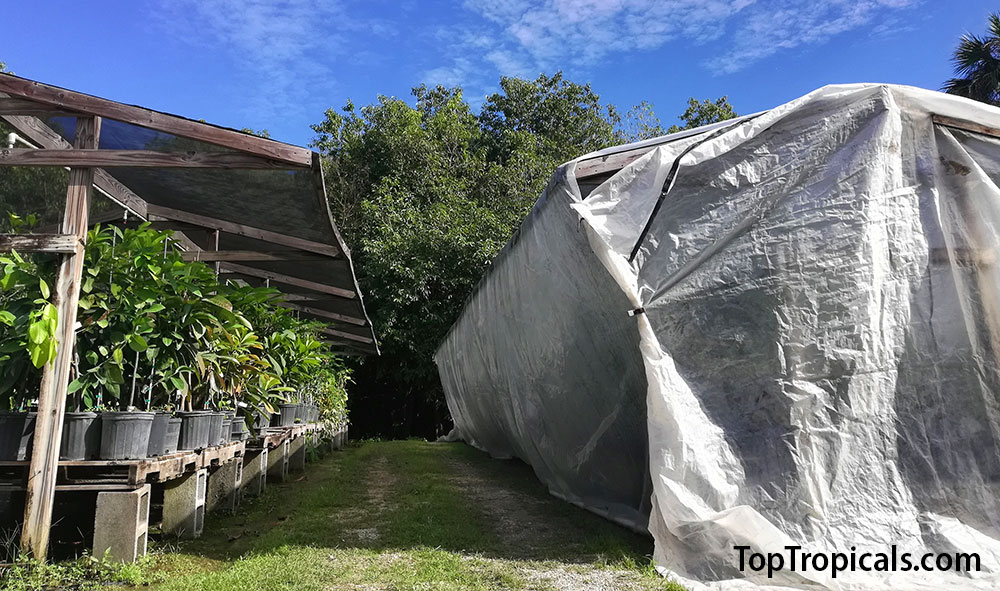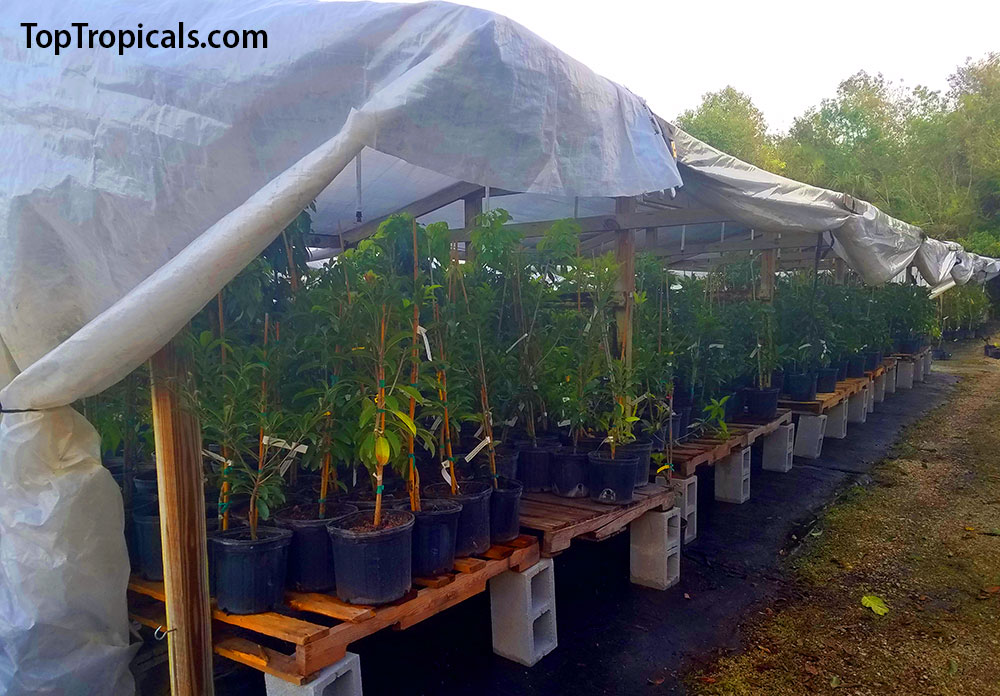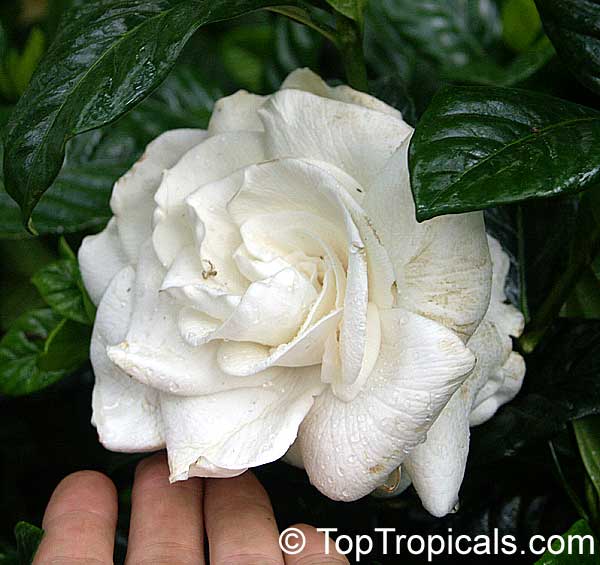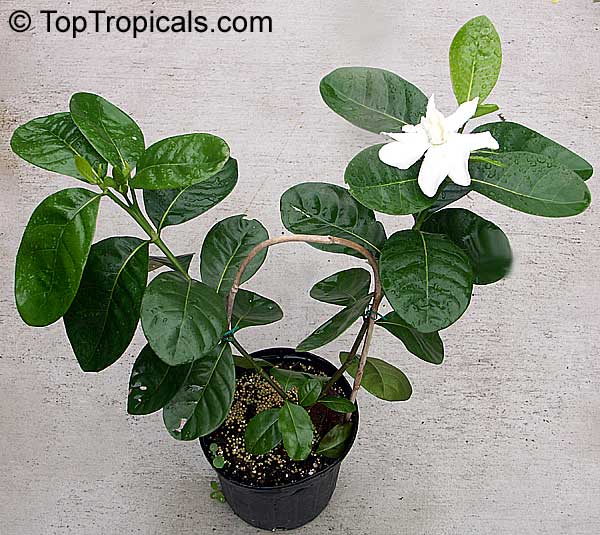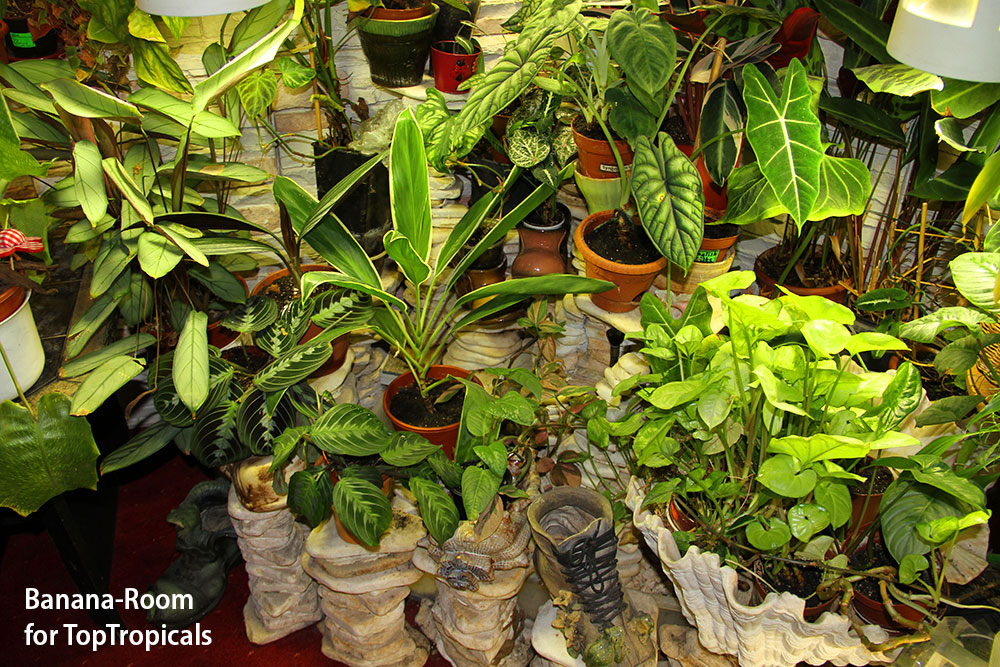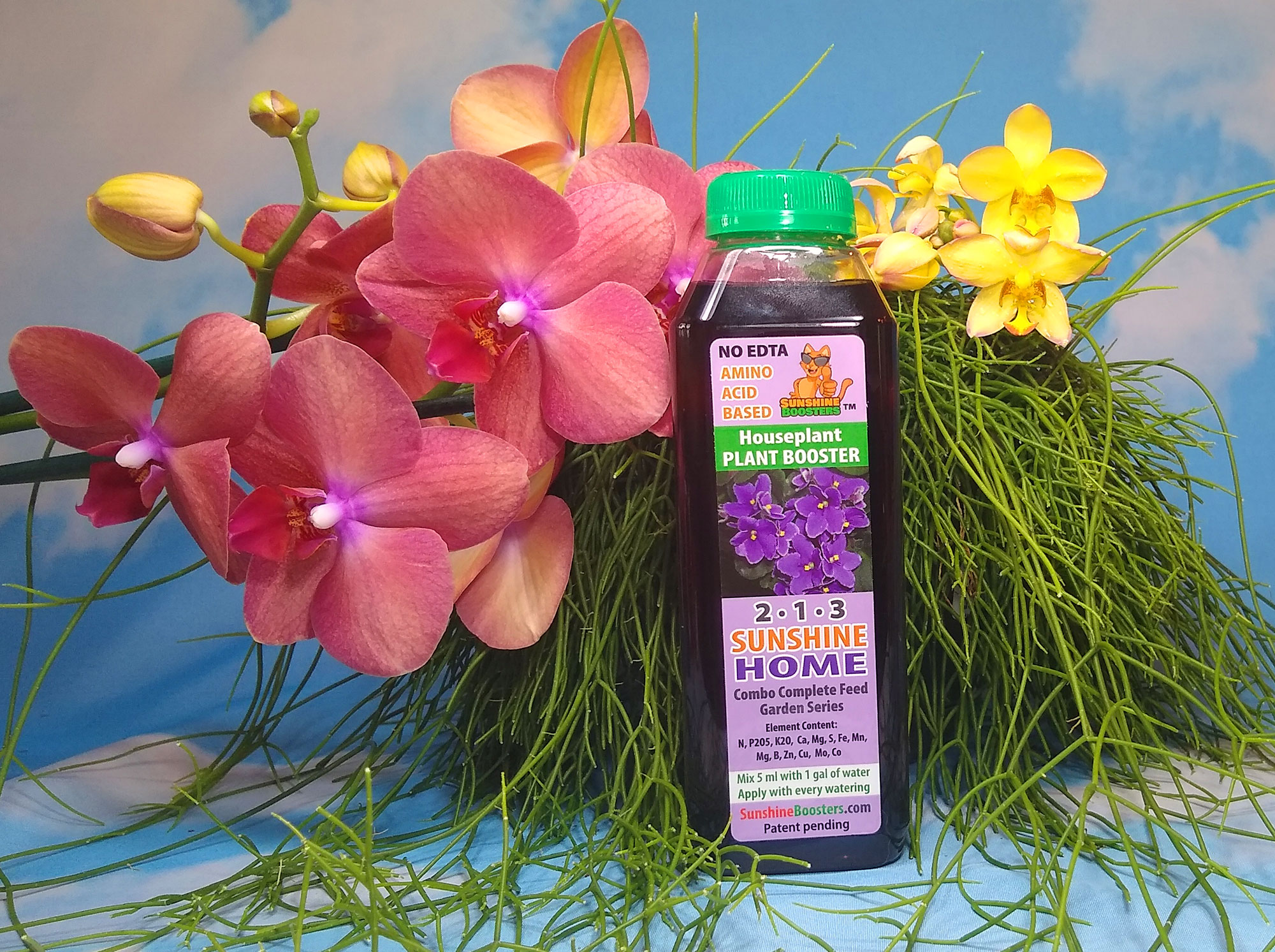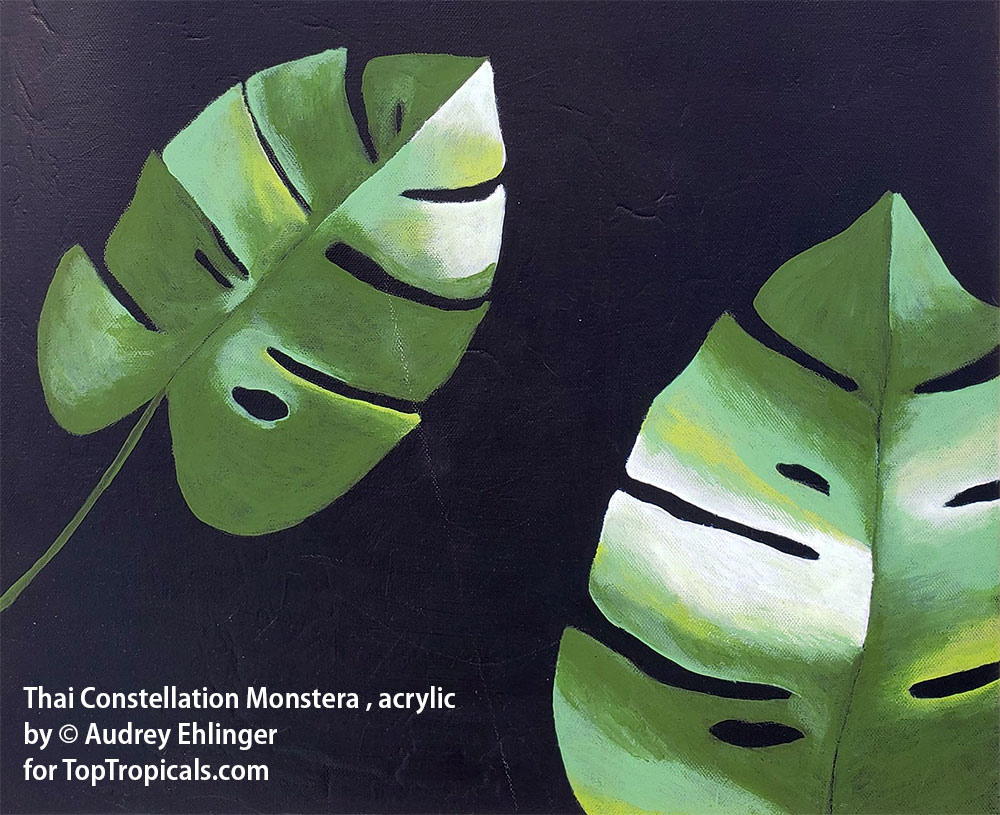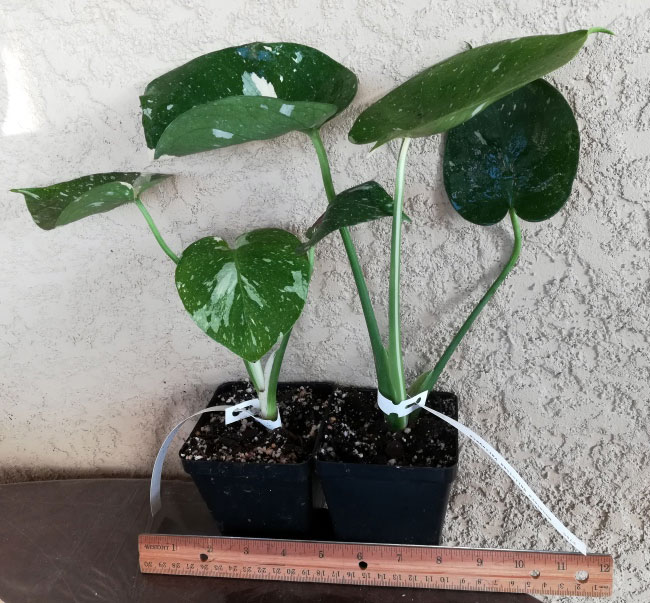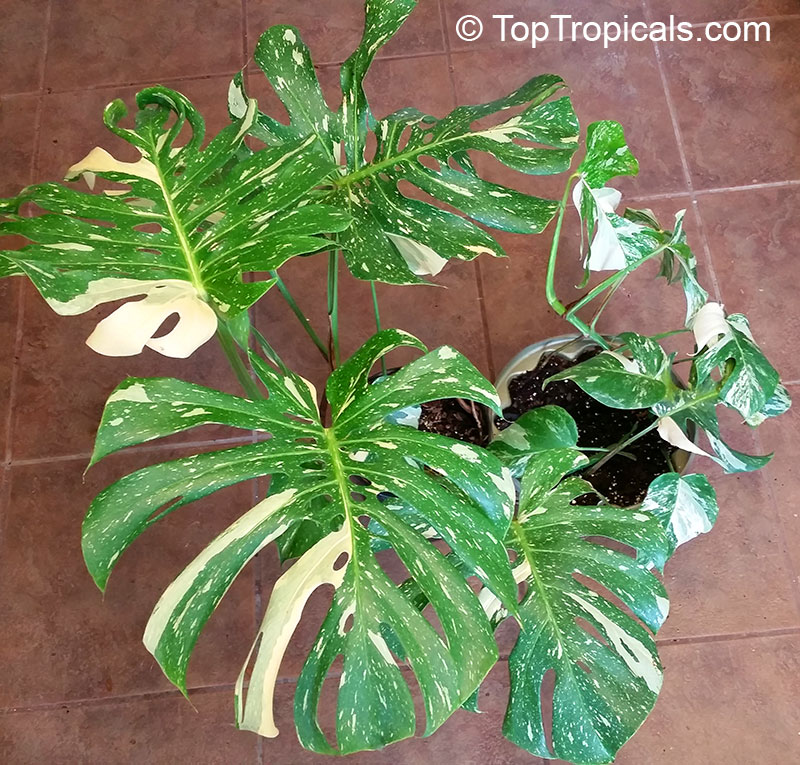Date:
Spanish Lime Tree
Q: Do I need two plants of the Spanish lime to have fruits? Do you have a grafted tree that I would only need one plant?
A: From our experience with Spanish Lime trees - Melicoccus bijugatus, fruiting habit really depends on variety. There
are self-pollinating varieties that only require one tree. Seedling usually
require cross-pollination between two trees for better production. It doesn't
mean that one tree won't bloom or fruit - it will, but production may be lower
than if they were cross-pollinated.
The Spanish Lime trees we currently have in stock are seedlings from a
good, self-pollinating variety Key West, however, only grafted trees are
precisely true to variety since they are technically clones. Seedlings normally take
a few years (3-4) until they start fruiting. Spanish Limes don't have to be
grafted to produce quality fruit, however, grafted trees may take less time
till they fruit.
This species is really hard to obtain and we do not have any grafted trees
now, and probably not for another year. So if you really want this fruit
tree, you may want to try at least with a seedling.
We only have a few left in stock and many people want them. Otherwise, you
may sign up for the wish list and wait until we (hopefully) have grafted specimens (enter
Melicoccus bijugatus in wish list).
